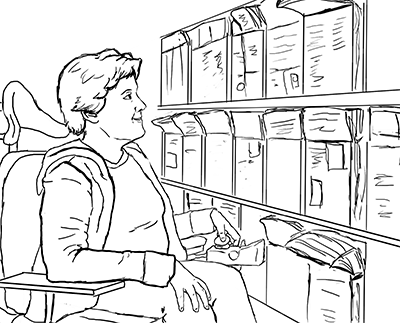Riverside Art Museum's KickstART Kits: A Promising Practice in Improving Access for Natural Science Education
The Riverside Art Museum (RAM) created KickstART kits during the Covid-19 pandemic to provide natural science education through at-home art making. Each kit is designed to inspire young learners to explore the natural world, and each kit has five art lessons with specific themes students can choose from: Animals, Art Around the World, Oceans of Fun, Desert, and Winter.
